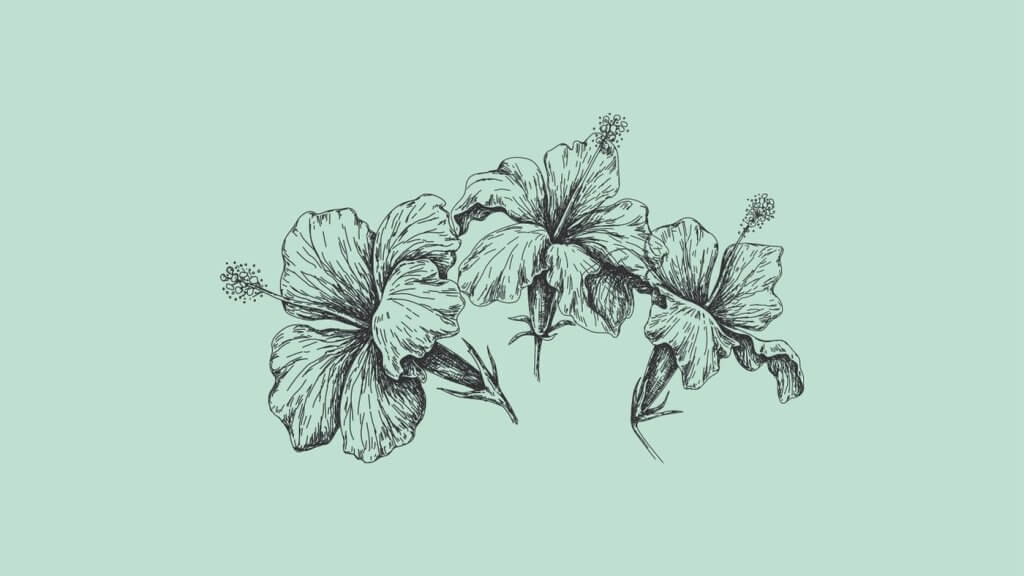There are plenty of hibiscus flower edible varieties. Although many people grow or pick hibiscus flowers for ornamental purposes, the edible hibiscus is also renowned for its medicinal and culinary uses.
You may already know the hibiscus flower by its scientific name Hibiscus sabdariffa, or the common name Jamaica flower.
Or, if you aren’t familiar with this flower at all, carry on reading.
Hibiscus Flower Plant Profile
The hibiscus flower is a showy, impressive pink flower from the genus Hibiscus. This genus comes from the Mallow family (Malvaceae), which includes hundreds upon hundreds of species of trees, shrubs, flowers, and herbs.
What Are You Foraging For Right Now?
We're thrilled to hear your ideas. What would you like to submit today? Feel free to share your thoughts and experiences with us.
You’ll likely find the Mallow family growing in their native warmer temperate climates and the subtropics.
The hibiscus genus includes both perennial and annual plants. Their range is wide, including shrubs (which have several trunks) and herbaceous (without wood) to trees (with single, thick trunks).
Can You Eat Any Hibiscus Flower?
Although some say that any hibiscus flower is edible, this can be a dangerous claim. Being host to a massive 40 to 100 species of flowering plants, it is unwise to assume that this many subspecies and varieties of hibiscus flower are all edible.
To ensure you’re only eating safe and edible hibiscus, choose only edible varieties that are bred and well-known for being safe to eat.
Edible hibiscus species
Some of the most popular 5 edible hibiscus flowers include;
1. Hibiscus sabdariffa
You probably recognize the Hibiscus sabdariffa by its other names, including the Rose of Jamaica, Roselle, Rosa de Jamaica, Jamaican sorrel, Jamaica flower, or Florida cranberry.
The Jamaica flower boasts beautiful blooms and tangy yet sweet calyxed (found at the base of the flower).
You can use these calyxes for hot and cold tea and the leaves for salads and garnishes.
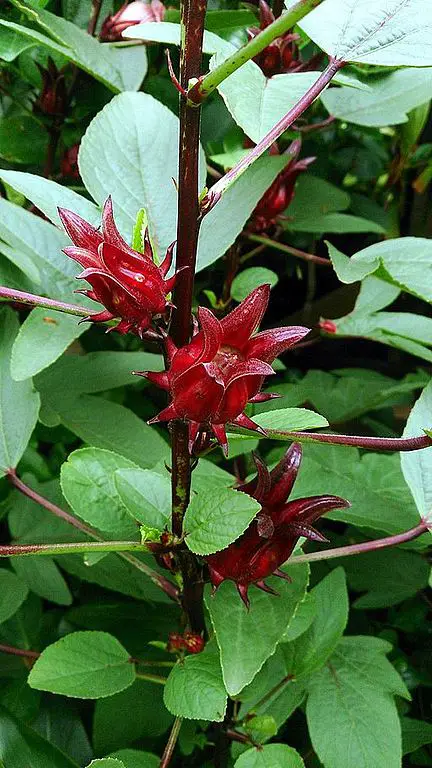
2. Okra (Abelmoschus esculentus)
Many people are familiar with this hibiscus plant, also known as okra, ochro, or ladyfingers.
Surprisingly, the okra plant is a type of hibiscus that sprouts fabulous flowers while it grows its vegetables.
Young okra greens can be cooked like beet greens or spinach and the seeds can be used as a coffee substitute.

3. Cranberry Hibiscus (Hibiscus acetosella)
Although this type of hibiscus flower is edible, its more often bred for ornamental purposes due to its more intense tart and cranberry-like taste than the Jamaica flower.
Because this hibiscus flower doesn’t have significant calyxes, you cannot use it for tea.
However, its leaves are used for stir-fries and in salads.
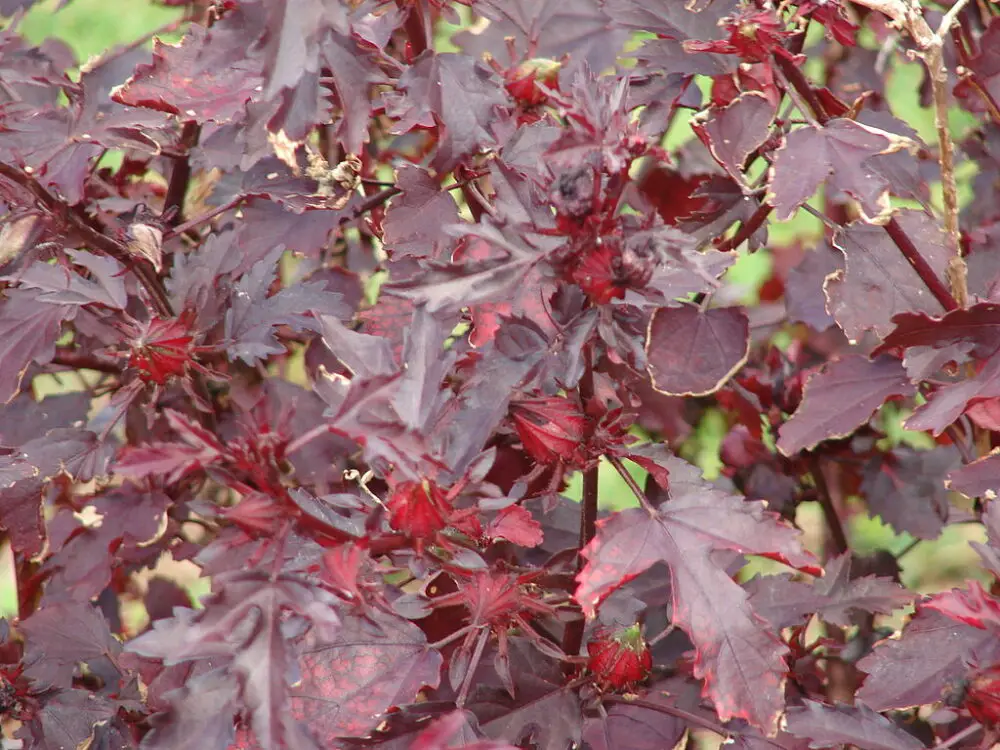
4. Chinese Hibiscus (Hibiscus rosa-sinensis)
The Chinese hibiscus is impressive, with gorgeous flowers about 6 inches across. It’s a tropical evergreen and a popular medicinal plant in China.
China has been growing hibiscus plants for their health benefits for generations.
Most often, the edible Chinese hibiscus flowers and leaves are consumed as a tea or in salads across the Pacific islands.
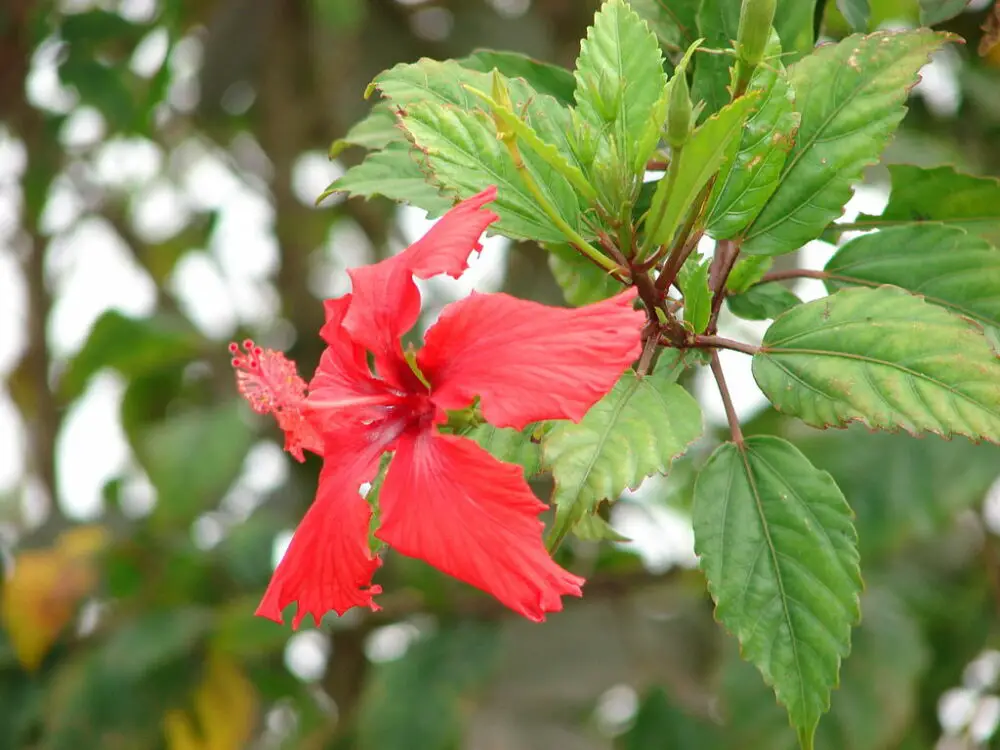
5. Mahoe (Hibiscus tiliaceus)
Like many species of the hibiscus genus, the Mahoe’s flowers come and go in a day. But, the blooms keep coming on this flowering plant.
What makes these hibiscus flowers so easy to recognize is the Mahoe blossoms, which are yellow at the start of the day and deep red by evening.
This hibiscus plant is popular as it’s completely edible, including flowers. You can eat them raw or cooked.
You can ferment the leaves into a sauce or you can boil them in salt water to form a beverage called Onge tea. The flowers can be dipped in batter and fried.

How to Use Hibiscus Flowers in the Kitchen
Edible hibiscus varieties are usually eaten straight from the plant, in salads, as cooked greens or made into a Jamaica flower concentrate.
This concentrate is a perfect choice to make:
- Hibiscus tea
- Flavored water
- Jam
- Shaved ice
- Hibiscus jello
- Hibiscus flower popsicles
The flowers can also be a tasty addition to salads and relishes, a garnish, or a part of sauces and soups.
My Favorite hibiscus flower recipes
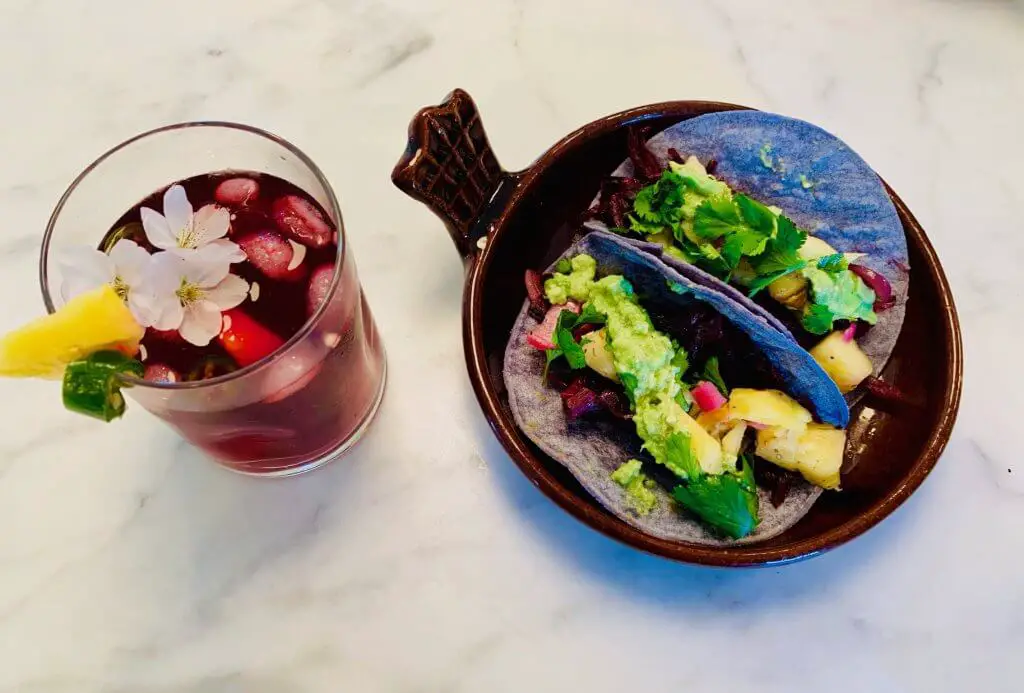
Can you Make a tea from all Hibiscus Flowers?
Be careful when brewing hibiscus tea, as it’s believed that not all hibiscus flowers are suitable.
Hibiscus tea is most commonly made from the flowers of H. sabdariffa and H.acetosella.
Hibiscus Flower Tea Benefits
Some of the many health benefits of drinking hibiscus tea include:
- Fights inflammation
- Reduces blood pressure/hypertension
- Lowers cholesterol
- Encourages weight loss
- Combats bacteria
- Supports liver health
- Helps fight against heart disease, cancer, and another disease via protection against free radicals due to the presence of antioxidants like vitamin C, beta-carotene, and anthocyanin.
How to Make Hibiscus Flower Tea
Making hibiscus tea from fresh hibiscus flowers is much easier than you may believe. Just follow the below instructions.
- Always pick fresh hibiscus flowers.
- Pull every petal from the flowers, discarding any yellow flowers.
- Pour boiling water over the fresh petals.
- Once boiled long enough, you can drink the tea hot or cold.
- Add freshly squeezed lemon juice to see the color magically change to pink.
What are the Benefits of Eating Hibiscus Flowers?
Hibiscus flower contains antioxidants and vital compounds like flavonoids and anthocyanins, which have health benefits.
The hibiscus (genus Hibiscus) encompasses several species of herbs commonly used for herbal tea remedies. But you don’t have to make a fancy tea to reap the benefits of the hibiscus flower.
You can utilize some of its natural and easy-to-obtain health benefits by simply eating the leaves and flowers of the edible varieties.
Getting into the great, wet outdoors in search of edible plants, herbs, fruits and fungi is one of Sarah’s favorite outdoor pursuits. She thinks there’s nothing better than combining her passion for hiking with the start of the foraging season. Sarah’s definitely not afraid of a little rain and dirt, it’s all part of the fun.

